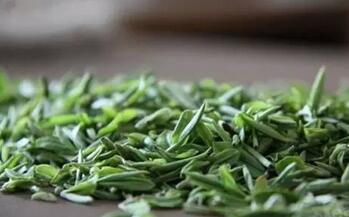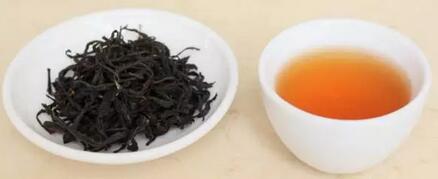Many people drink tea, and with just one sip, they hastily judge it. If it tastes bitter or astringent, they assume it’s not good tea, unfairly blaming the tea’s 'bitterness' and 'astringency.'
In reality, tea connoisseurs rarely judge the quality of tea based solely on its bitterness or astringency. These flavors are inherent to tea, always present but never the sole or constant characteristics.

Tea with 'bitterness' or 'astringency' isn’t necessarily bad; it’s often a sign of good tea. The intensity of these flavors depends on the amount of astringent substances present. The primary bitter compounds in tea include caffeine, theobromine, theophylline, anthocyanins, tea saponins, bitter amino acids, and certain flavonoids.
The bitterness in tea is often accompanied by astringency, dominating the flavor profile. When tea contains high levels of both catechins and caffeine, it results in a rich, fresh, and refreshing taste—a hallmark of premium tea.
The astringency in tea comes mainly from polyphenols, aldehydes, and iron, with catechins playing a particularly important role. Esterified catechins are especially astringent and are found in much higher concentrations in young leaves than in mature ones.

Generally, teas made from tender buds and one or two young leaves have a much stronger bitterness and astringency than those made from older leaves. Thus, Pu-erh tea with pronounced 'bitterness' and 'astringency' is often of higher quality and finer grade. This is why lower-grade teas tend to have milder flavors.
For Pu-erh tea, a mellow taste with low bitterness and astringency, along with a noticeable aged aroma, usually indicates well-aged tea. Over time, the bitter and astringent compounds degrade and transform, resulting in a smoother flavor.
However, other factors can contribute to bitterness. For example, tea made from leaves severely affected by pests may have an unusually harsh or even foul bitterness, which is easily distinguishable from the natural bitterness of tea.
Similarly, astringency is an inherent characteristic of tea, regardless of quality. It is primarily caused by polyphenols (such as catechins, phenolic acids, and condensed tannins), aldehydes, and iron, which interact with our taste buds. Although bitterness and astringency are often mentioned together, they are distinct sensations.

Astringency is a strong yet hard-to-describe sensation, occupying a unique place in the world of taste. It isn’t exactly 'numbing' but has a slight numbing quality, and while it’s not bitter, it’s close to it. Astringency feels like eating an unripe persimmon—the opposite of smoothness—and has a drying, puckering effect.
Among tea’s many flavors, astringency is often the least appreciated, even less so than bitterness. Bitterness can be seen as beneficial, with sayings like 'good medicine tastes bitter,' but astringency is often considered unpalatable. Thus, tea producers go to great lengths to reduce astringency during processing.

During the 'kill-green' (sha qing) stage of tea processing, insufficient heat or time can leave the tea with a strong 'green astringency.' However, Pu-erh tea aged over time undergoes oxidative polymerization, which can significantly reduce astringency.
Bitter and astringent tea isn’t necessarily bad, but tea whose bitterness and astringency fade quickly is undoubtedly good. These flavors can actually indicate a tea’s richness in compounds, and their rapid dissipation reflects skilled processing and high quality.
So, don’t hastily dismiss bitter or astringent tea. Instead, learn to appreciate and discern these flavors—you might just discover some exceptional teas this way.